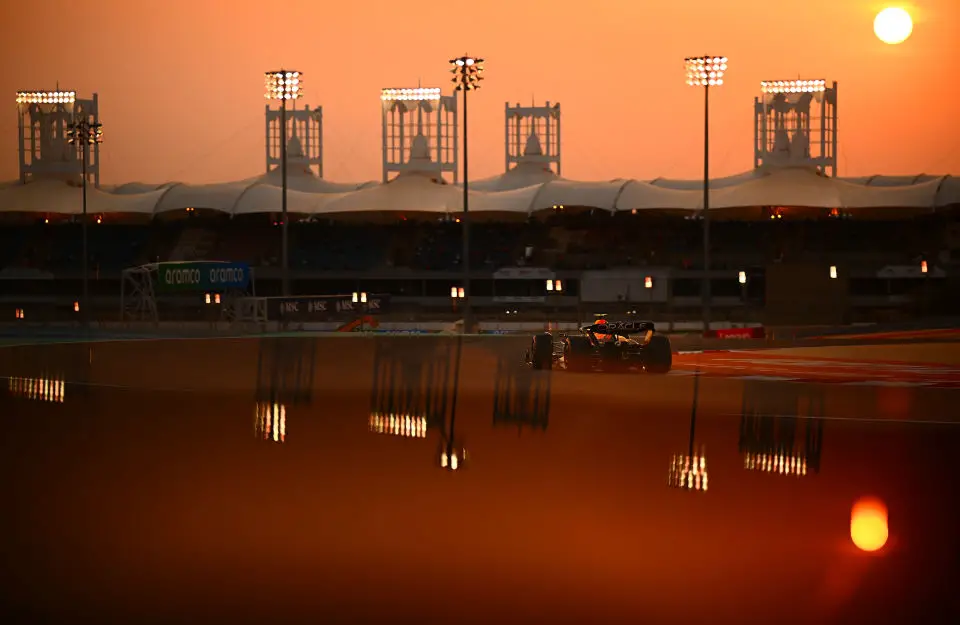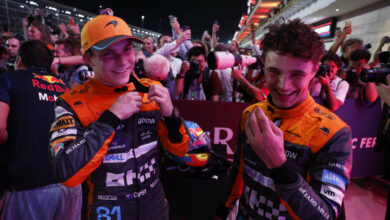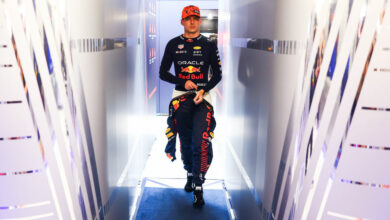F1 News: FIA Makes Last Minute Changes To Bahrain Grand Prix
In response to disruptions during pre-season testing, the FIA has swiftly implemented modifications to the Bahrain Grand Prix circuit. The changes aim to address safety concerns and enhance the racing experience for drivers.
Key Takeaways:
- Concrete filling and additional welding address issues observed during pre-season testing.
- Modifications at Turn 11 improve racing lines, boosting speed and preserving tires.
- Strict enforcement of track limits at Turns 4 and 15 with penalties for violations.

The FIA’s recent adjustments to the Bahrain International Circuit come in the wake of disruptions encountered during pre-season testing. Notably, concerns were raised regarding the track’s safety, prompting remedial works to be swiftly undertaken.
According to the FIA’s statement, “following incidents in last week’s pre-season test sessions, remedial works, including the filling in of drains with concrete, have been carried out.” This proactive approach aims to rectify issues, particularly at Turn 11, where drivers had to adapt their racing lines due to problematic areas.
The modifications, which include concrete filling and additional welding, ensure that drivers can maintain their preferred lines through critical turns without compromising on speed or tire wear. This adjustment is crucial for both competitive race times and tire longevity, two factors that significantly impact race outcomes.
Niels Wittich, F1 race director, emphasized the importance of track limits enforcement in his race notes: “Each time a driver fails to respect track limits at the entry or exit of Turn 15 [the final corner], it will result in that lap time and the immediately following lap time being invalidated by the stewards.”
These changes address incidents during pre-season testing, where dislodged drain covers caused disruptions. Adrian Newey, Red Bull’s chief technical officer, identified the underlying issue, attributing it to the size and weight of modern F1 cars: “The cars are too big and too heavy. That’s why this keeps happening.”
The decision to proceed with concrete filling was influenced by favorable weather forecasts predicting no rain for the race weekend. This allowed modifications to be made without compromising the track’s drainage capabilities, ensuring a safer and smoother racing experience for all drivers involved.



